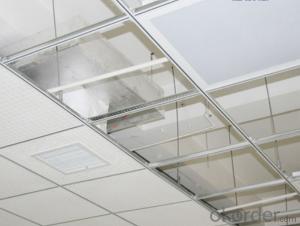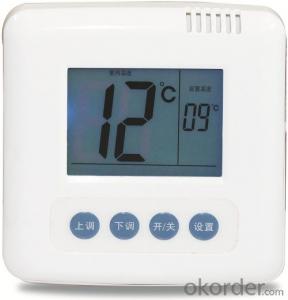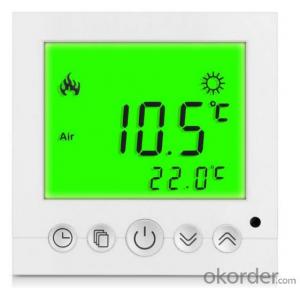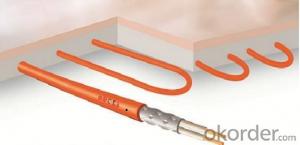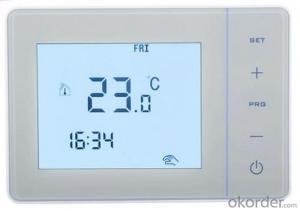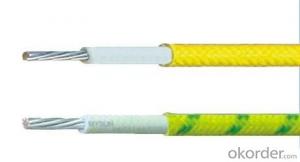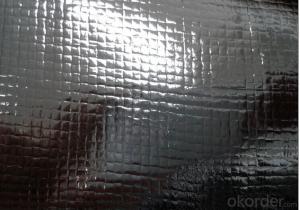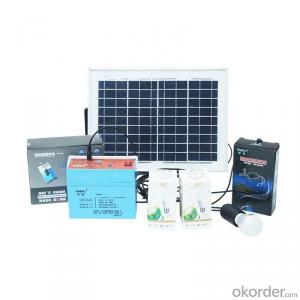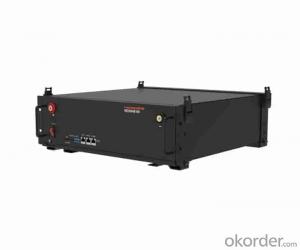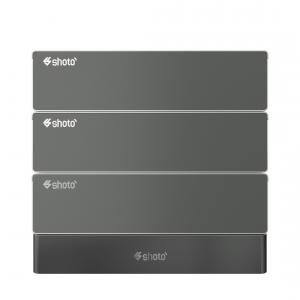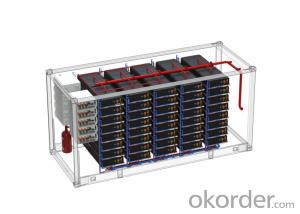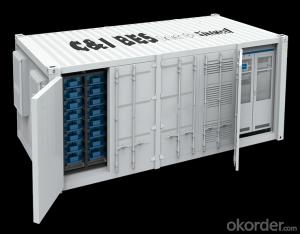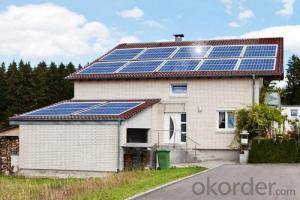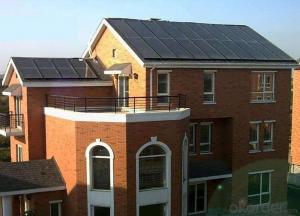Complete Solar Inverter System
Complete Solar Inverter System Related Searches
Primer For Galvanized Steel H S Code For Stainless Steel Wd 40 For Stainless Steel Spray Paint For Stainless Steel Glue For Stainless Steel Step Bit For Stainless Steel Magnets For Stainless Steel Caulking For Stainless Steel Steel Vessels For Kitchen Best Solar Inverter For HomeHot Searches
Steel Mesh Panels For Sale Cheap High Tea Sets For Sale High Density Fiberboard For Sale Solar Hot Water Collectors For Sale Scaffolding For Sale In Uae Scaffolding For Sale In Ireland Scaffolding For Sale In Houston Type Of Inverter For Solar Price Of Shipping Containers For Sale Used Solar Inverter For Sale Portable Led Signs For Sale Stone Hot Water Bottles For Sale Large Led Screens For Sale 1/4 Aluminum Plate For Sale H4 Led Headlight Bulbs For Sale Flexible Solar Cells For Sale Air Pump For Aquarium Price Inverter Size For Solar System Solar Edge Inverter For Sale Aluminum Bar Stock For SaleComplete Solar Inverter System Supplier & Manufacturer from China
Okorder.com is a professional Complete Solar Inverter System supplier & manufacturer, offers integrated one-stop services including real-time quoting and online cargo tracking. We are funded by CNBM Group, a Fortune 500 enterprise and the largest Complete Solar Inverter System firm in China.Hot Products
FAQ
- Yes, solar energy systems can be used for powering mining operations. Solar power can be harnessed through the installation of solar panels, which convert sunlight into electricity. This renewable energy source can provide a sustainable and cost-effective solution for powering mining operations, reducing reliance on fossil fuels and minimizing environmental impact. Additionally, solar energy can be integrated with energy storage systems to ensure a continuous power supply even during periods of low sunlight.
- Yes, solar energy systems can be installed on most types of roofs, including flat, sloped, and even curved roofs. However, the suitability of the roof for solar installation may depend on factors such as its orientation, shading, structural integrity, and available space. It is recommended to consult with a professional solar installer to assess the feasibility of installing solar panels on a specific type of roof.
- Yes, solar energy systems can be effectively used for water heating in swimming pools. Solar panels can capture sunlight and convert it into heat energy, which is then transferred to the pool water through a circulation system. This method is eco-friendly and cost-effective, as it reduces the reliance on fossil fuels and can significantly lower energy bills.
- Yes, solar energy systems can indeed be used to power outdoor recreational activities. They can provide a sustainable and renewable source of power for various activities such as camping, hiking, and boating. Solar panels can be used to charge portable batteries or directly power devices like lights, fans, radios, and even small appliances. This allows outdoor enthusiasts to enjoy their activities while minimizing their environmental impact and reducing reliance on traditional energy sources.
- Solar energy systems have the capability to power electric scooter charging stations. The installation of solar panels on the rooftop or in an open area adjacent to the charging station enables the capture of sunlight, which is then converted into electricity. This eco-friendly and renewable energy source can be utilized to charge the scooters, consequently reducing dependence on grid electricity and decreasing carbon emissions. Moreover, by integrating energy storage solutions like batteries, excess energy generated during the day can be stored for use during periods of low sunlight or at night. This ensures an uninterrupted and dependable power supply for the charging stations. All in all, the utilization of solar energy systems for electric scooter charging stations presents a sustainable and environmentally conscious alternative.
- Yes, solar energy systems can indeed be used for industrial process heat. Solar thermal technologies, such as concentrating solar power (CSP) and solar water heating, can efficiently capture and convert sunlight into heat energy. These systems can provide a reliable and sustainable source of heat for various industrial processes, including manufacturing, drying, sterilization, and space heating. By utilizing solar energy, industries can reduce their reliance on fossil fuels, lower greenhouse gas emissions, and decrease operating costs in the long run.
- The location of a solar energy system has a significant impact on its performance. Various factors such as latitude, climate, shading, and orientation play a crucial role in determining the efficiency and effectiveness of a solar energy system. Firstly, the latitude of the location affects the amount of solar radiation received. Areas closer to the equator receive more direct sunlight throughout the year, resulting in higher solar energy production. Conversely, regions located further away from the equator receive less direct sunlight and may experience lower solar energy generation. Climate also influences the performance of a solar energy system. Regions with clear skies and ample sunshine tend to have higher solar energy potential compared to areas with frequent cloud cover or a higher number of rainy days. Additionally, extreme temperatures can also impact the efficiency of solar panels, as excessive heat can reduce their output efficiency. Shading is another crucial factor to consider when installing a solar energy system. Shadows from nearby buildings, trees, or other obstructions can significantly decrease the amount of sunlight reaching the solar panels. Even partial shading on a small portion of the panels can disproportionately impact the overall system's performance, resulting in reduced energy production. The orientation of the solar panels also affects system performance. The ideal orientation for solar panels is typically facing south in the Northern Hemisphere and north in the Southern Hemisphere. This allows panels to receive the maximum amount of sunlight throughout the day. However, deviations from the optimal orientation can still be efficient, albeit with slightly reduced performance. In conclusion, the location of a solar energy system has a direct impact on its performance. Factors such as latitude, climate, shading, and orientation all influence the efficiency and effectiveness of solar energy production. Considering these factors during the planning and installation process is crucial to maximizing the potential of solar energy systems.
